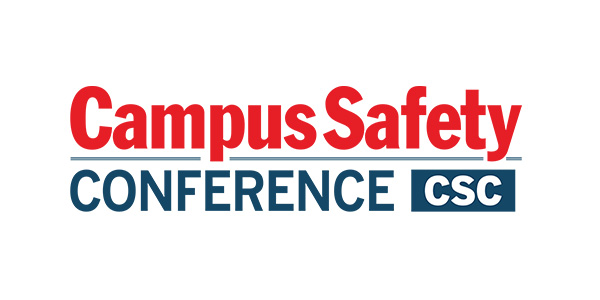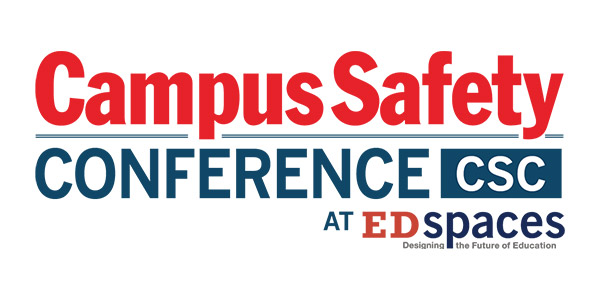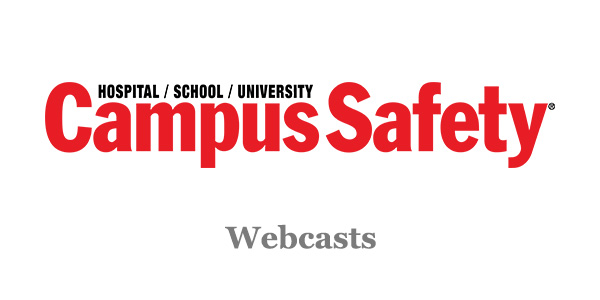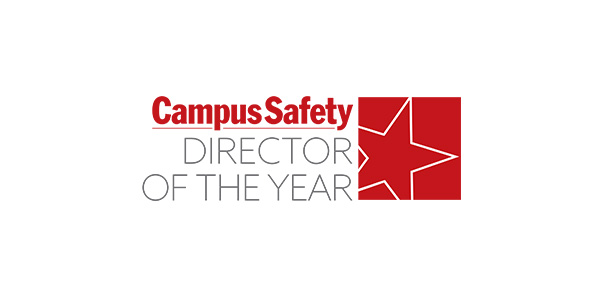Electronic Flipcharts Address the Issues
We launched a nationwide search. After numerous webinars, conference calls and in-person demonstrations, we found a solution in our own backyard. Ohio-based Lauren Innovations provided a solution fully meeting our criteria with its NaviGate Flipcharts technology, which allows select employees 24-7 access to electronic emergency response and crisis preparedness flipcharts.
As a cloud-based technology, it would securely organize Aultman’s emergency preparedness documentation, such as location-specific emergency response guidelines, allowing access around the clock, enhancing staff communication and emergency response. Our team members would have the ability to access a variety of different emergency response protocols based on location and staff hierarchy through a user-intuitive interface that controls employee access. Additionally, updates or additions to emergency response protocols would be instantly available to employees as needed on a day-to-day basis as well as during emergencies.
The Lauren solution also offered superior technical support, on-site staff to assist with development and an easy-to-use mobile application that is fully compatible with the major mobile operating systems. Additionally, the technology could be combined with facility-specific graphical interfaces that can provide disaster management staff and emergency responders with building maps, floor plans, critical infrastructure locations, security system interfaces, 360-degree photos, live video feeds and document management from any Internet-enabled device.
In addition to the coordination and communication of our emergency response protocols, I immediately knew this technology was also going to serve as a significant aid in meeting regulatory compliance mandates and standards – another huge benefit for my team.
Implementation Was Fast and Phased
Our team fast-tracked the implementation for the electronic flipcharts technology to launch by the spring of 2015. Waiting any longer would have meant we would still be using our old system during severe weather and a variety of large-scale summer community events, including the annual Pro Football Hall of Fame Festival, which draws thousands.
The team first focused on ensuring flipchart content was current and accurate. The Aultman disaster management team and I convened with leaders from across the organization to confirm that information associated with each Ohio healthcare emergency code was accurate, up-to-date and specific to every health system campus location.
This was the perfect opportunity to revisit those aspects of our emergency response plans that we don’t evaluate often. It just didn’t make sense to move forward with a project of this magnitude without ensuring our information was accurate. We weren’t doing this simply to meet a deadline or a deliverable. We wanted a functional product.
When we confirmed that all the information was current, we turned things over to Lauren Innovations, actively collaborating via weekly conference calls, consistent email communication and onsite support.
The beauty of the project was how little internal IT support was needed and that its implementation required no IT infrastructure. The technology operates in a private cloud environment, so we simply had to ensure the appropriate websites were accessible from the hospital and allow staff to continue use of their mobile devices.
One of the greatest advantages of opting for a cloud-based technology was the guarantee that our emergency information would always be available, even if other systems go down, which could be the case in a natural disaster or other crisis. Additionally, with this specific technology, once staff downloads the app they don’t need an Internet connection to access the content. It’s there and current.
We met our established timeline, and the electronic flipcharts technology was ready for phase one of the system-wide rollout by early spring of 2015. Rollout began at the main campus location with all members of the executive and management teams. Phase two quickly followed and included the employed physicians and leadership teams from other satellite facilities. By late spring of 2015, our organization’s entire leadership structure had downloaded the electronic flipchart app and knew how to access and use flipchart content. As of early summer, more than 65 percent of our front line staff had downloaded the application appropriate to their location, without organizational mandates.
We learned quite a few lessons in the transition from a paper-based emergency response and communication system to a technology-based system.







